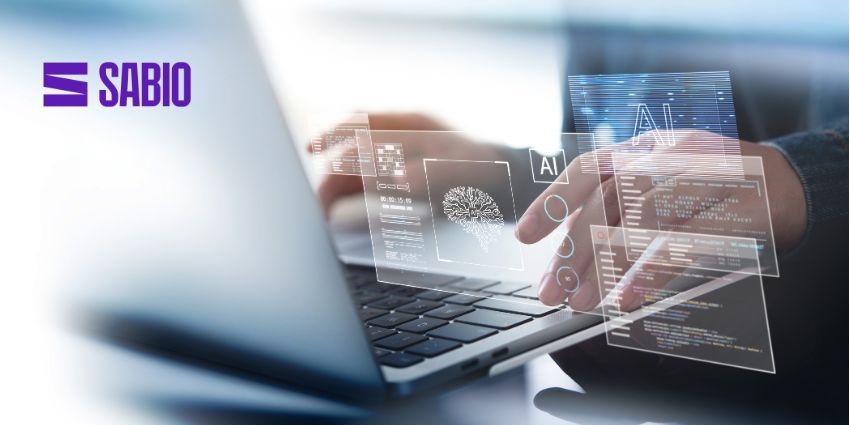Your voice could be used in future to prove who you are to companies and cut down on fraud while improving customer experience.
According to Piergiorgio Vittori, global development director of Spitch, a company specialising in voice technology, voice biometrics one of the safest and by far the least biased identity verification methods currently on the market. He said it is much more reliable and accurate then other types of biometrics-based identification.
In a study by IBM last year, two-thirds (67 per cent) of respondents said they feel comfortable using biometric authentication, with the figure rising to 75 per cent when referring to millennials.
Vittori said that he has seen many businesses using voice more and more. “Alexa app for Windows 10 PCs is just one such example. Voice-driven technology will be key to enhancing customer satisfaction over the next decade,” he told UC Today in an interview.
He said that AI-led natural ‘live’ voice authentication, combined with voice-driven automated customer communication, offered the best of both worlds – the enhanced security and first-rate seamless customer service. All delivered in a GDPR-compliant manner.
“Powered by AI, today’s voice technology allows for sensitive information, such as credit card details, to be collected automatically and securely, and to be instantly verified – all outside of the main agent-customer conversation”
“What’s more, with voice biometrics, there no need for the user to share any personal or confidential data to be authenticated – as their voice sample is all that matters,” said Vittori.
AI-driven voice recognition works by ensuring a user’s unique voice (in a natural language live interaction) is compared with the voiceprint stored in a database in real time over the course of the entire conversation, based on numerous parameters: the solution is therefore very difficult to hack, according to Vittori.
“AI-led voice verification that happens in a natural ‘live’ voice interaction throughout the conversation, safeguards against any fraudulent activity on the other end of the line. Since there is no set of static data that are required in the interaction and could be recorded, it is incredibly difficult for a fraudster to gain access to someone’s account or profile,” he said.
He added that voice biometrics can also be used actively in the fight against the same fraudsters.
“If an attempted fraud is detected, it is possible to use the audio obtained to create the fraudster’s ‘voice print’, which will then be added to a blacklist of fraudsters”
“The result is that anyone who has been caught committing fraud over the phone will be reported and obviously easily detected in the system at any further attempt,” he said.
Overcoming implementation hurdles

Vittori said that some businesses may be under the impression that they can’t implement such a service the way they would like to, due to technical limitations.
“However, these can be overcome and any contact centre, regardless of whether it’s a call centre, human agent, or an IVR, should adopt the voice biometric solution that has more positive impact on the customer experience,” he said.
He added that companies will need to consider privacy and safe data storage.
“Any voice biometric solution should require explicit customer consent to record their voiceprint and companies will need to consider how to store data securely, whether that’s via encryption or another method, and they will need to make sure call recordings, if kept, remain unlinked to a stored voice print,” said Vittori.







